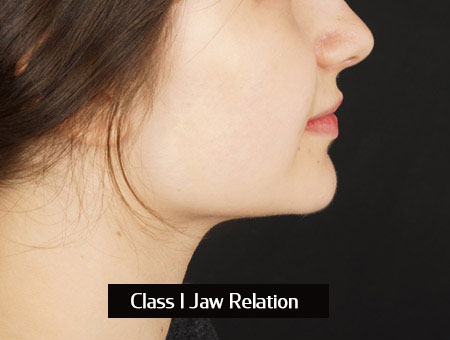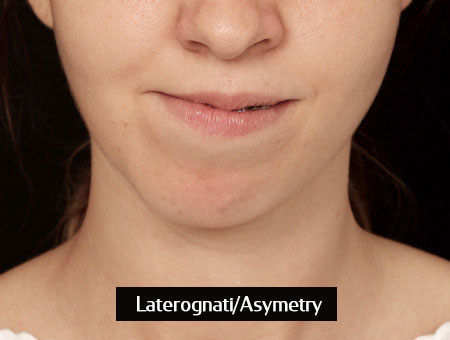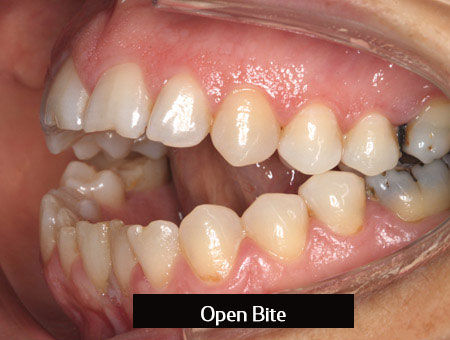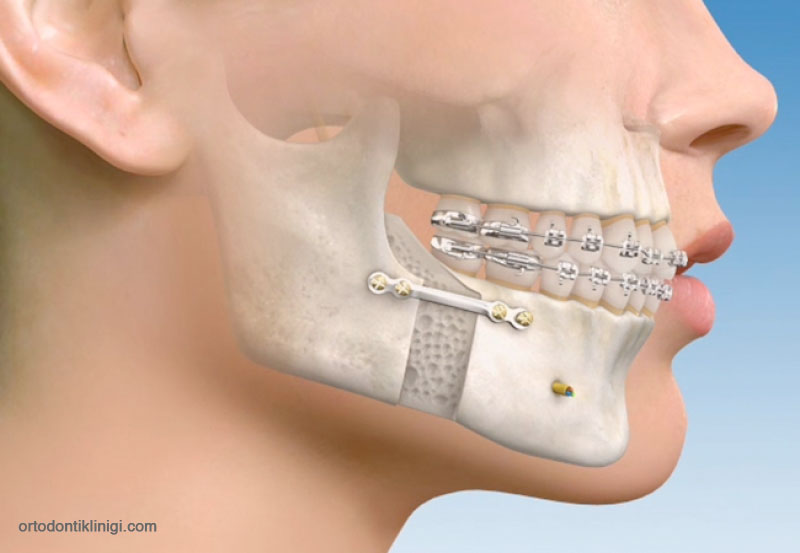Orthognathic Surgery
Our aim is to provide the best position of the teeth and jaws during orthodontic treatment.
Ideally, upper teeth cover the lower ones in a certain ratio. Lower jaw is not located very protruded or intruded. At the same time jaws are located on the middle of our face. If the jaw incompatibility is too much, desired results can not be obtained by correcting only teeth. In this case, orthognathic surgery, jaw operations that are performed together with orthodontic treatment provides us to obtain correct bite relation.
Orthodontic problems can be related with teeth and jaws. Jaw incompatibility due to growth and development usually can be classified as;
- Class II Lower jaw is located more behind position than normal
- Class III Lower jaw is located more front position than normal or upper jaw is located more behind position ,
- Laterognaty (Asymmetry) Location of jaw on the right or left side of the face,
- Open bite, jaws are having a contact only for the back teeth





Orthognatic surgery is performed after completion of growth and development under general anesthesia intra orally. Surgical planning is done by orthodontist and plastic surgeon. Operations can be performed for a single jaw, both two jaws and chin at the same time, zygomatic bones and nose.

After planning, surgical planing can be done on cephalometric x-ray, models prepared from impressions taken from mouth. Splints which will be used during operation for correction of jaws are produced after cephalometric surgery and model surgery.
On the operation day, orthodontist also enters the operation. Checks and follows the operation until the plastic surgeon or maxillofacial surgeon finishes the operation.
After a few days from the operation, jaws are ligated to each other during healing period. This period usually lasts 1 week- 10 days. In this period the patient have only fluids. Later on the patient is instructed about how to take off and put on the elastic bands. Elastic bands are used for a few weeks except eating. In this period, swelling can occur on the face but it heals rapidly. Eating solid foods is forbidden following the first weeks of operation.
Orthodontic treatment usually lasts 6-8 months more after the operation and completed.

Every patient is not obliged to have surgery, there is no need surgery for straightening teeth. However, if jaws are not properly closing, in some cases it is not possible to provide a proper and ideal closure for jaws.
The most important thing is explaining the treatment plan completely to the patient and performing the treatment after receiving consent from the patient.